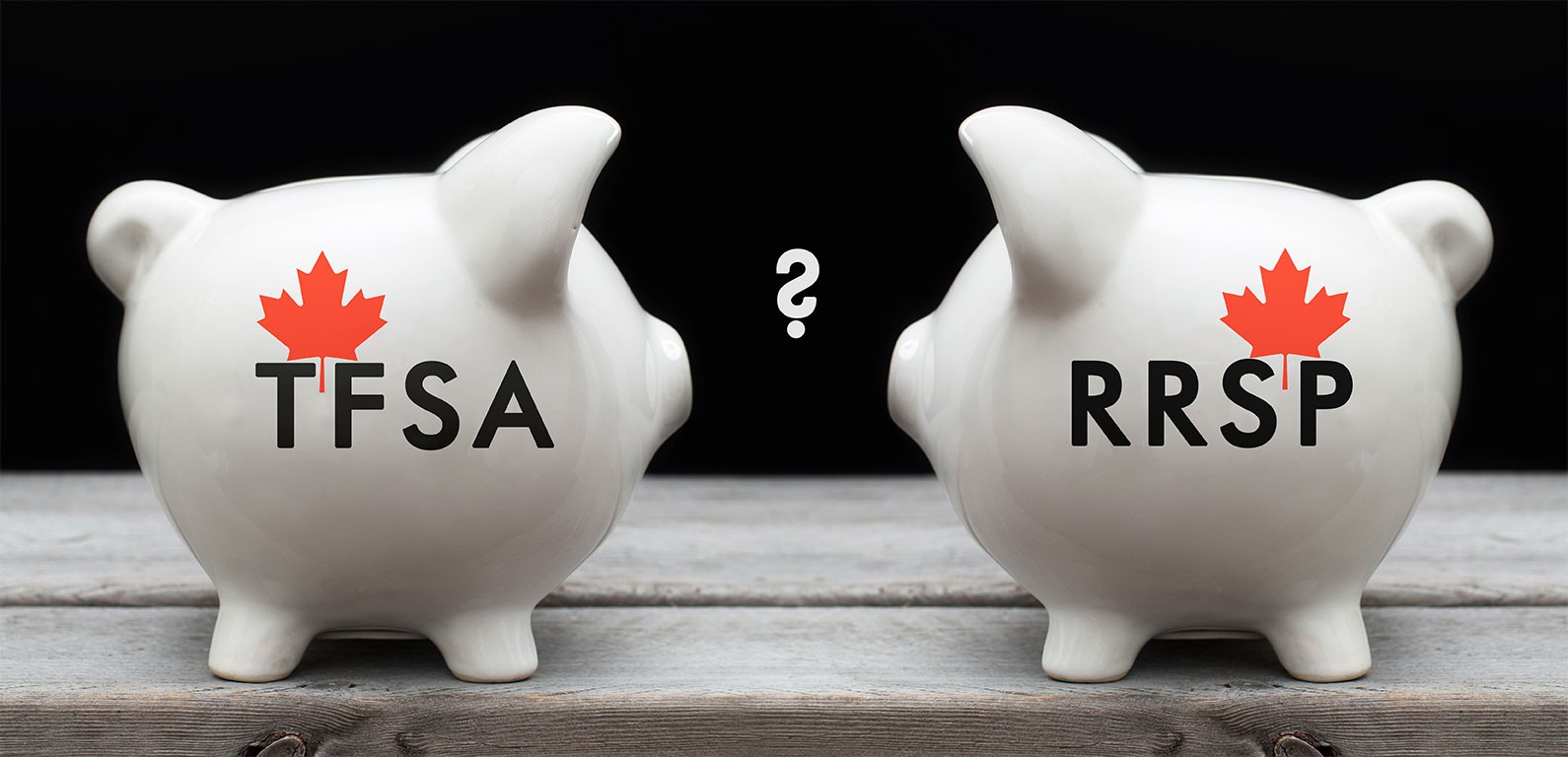Blog post
Investing in Yourself... and Your Tax Returns

It’s a common question, especially among people who are just taking charge of their own personal finances: which is better, a Tax Free Savings Account (TFSA) or a Registered Retirement Savings Plan (RRSP)? The truth is that the answer to this question is defined by a series of “ifs”. That is to say, it really depends on a person’s unique situation. However, some guidelines can be used to help people decide which option is best for them.
RRSPs – Invest and Forget
An RRSP is a tool that helps people prepare for retirement. “It is not a rainy day fund, so you don’t just go and take out money when you feel like it,” says Tara Ramsaran, a senior lecturer in the Department of Accountancy at the John Molson School of Business. She says it is important to think of an RRSP in terms of an investment for retirement, because that money is taxable when it is withdrawn. This means if the investor is still earning an income when it is withdrawn, it is added to their taxable income for that year. Ultimately, removing funds from an RRSP early not only takes away all of the benefits and tax incentives earned by investing in an RRSP in the first place, but it can also have negative financial implications for the investor since he or she will be taxed more for having a higher income.
When you lock away an RRSP, yes, it’s a tax deduction. It’s always a good thing to get a deduction. But what are your savings? 15 cents on a dollar.
There are two specific and highly regulated instances where investors can access their RRSP money early without facing any penalties. These are either to fund an education or to purchase a home for the first time. In both instances, the money must be paid back over a specified period, and there is a cap to the amount that can be borrowed for these purposes. For first-time homebuyers, each person in a couple can borrow $25,000 towards their first home. If being used for education, a maximum of $10,000 per year can be borrowed from an RRSP, and there is a cap of $20,000 total.
The benefit of using an RRSP investment to fund either a first home or an education is that although it is technically a loan – as it has to be paid back eventually – the loan comes at zero interest to the investor and when it is borrowed for these purposes, it is not considered taxable income. These are the only instances when the space in an RRSP is revolving, as it is considered a loan and not a withdrawal.
It is not, however, always ideal to invest in RRSPs. Ramsaran illustrates a situation where the investor is earning an income that falls within the lowest tax bracket. “When you lock away an RRSP, yes, it’s a tax deduction. It’s always a good thing to get a deduction. But what are your savings? 15 cents on a dollar,” she says. “Its better to start off with a TFSA, and then as you are making more money and you jump a tax bracket, go into an RRSP.”

TFSA – A rainy day fund
TFSAs are another highly beneficial, tax incentivized investment option. Unlike an RRSP, contributions to a TFSA are not tax deductible, but any income earned from investments in such an account are not considered taxable income. Although they are ultimately meant to be a longer-term investment and savings tool, TFSAs have a bit more fluidity than RRSPs. “When you’re younger you tend to want to dip into it when you have no choice,” Ramsaran says. “So a TFSA is a better start.”
With every new budget or new government, tax breaks may be taken away, so if you have extra money, seize the opportunity and invest in these tax sheltered plans while they still exist.
TFSA investors are given a set amount of space each year which they are allowed to max out. For example, in 2018 the maximum annual contribution amount was $5,500 and for 2019 it is $6,000. The current maximum total for a TFSA is $63,500, although this amount is also fluid, and changes over time. TFSA savings are never considered taxable income, so maxing this account out is highly beneficial. It can always be dipped into when necessary – to fund a big-ticket purchase or a vacation, for example – and the space is revolving, meaning the TFSA can be topped up again in the next tax year. The biggest limitations on a TFSA are the contribution restraints. Investors cannot over-contribute or double up a contribution within a tax year. This means that even if the money is withdrawn, it cannot be reinvested in a TFSA that year if the maximum contribution has already been made.
Regardless of the investment, Ramsaran warns investors to take advantage of such opportunities while they exist. “ With every new budget or new government, tax breaks may be taken away, so if you have extra money, seize the opportunity and invest in these tax sheltered plans while they still exist.”
Learn more about the Money Matters // Women: Invest in Your Financial Literacy workshop
Connect with JMEC


